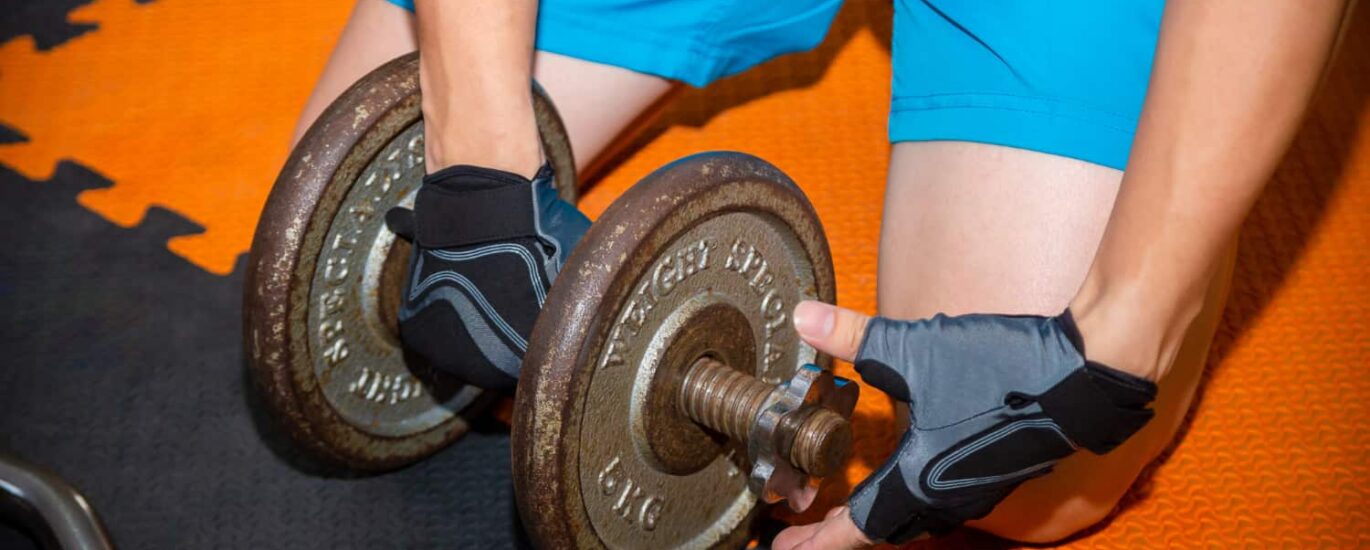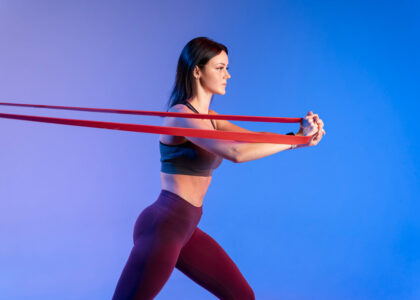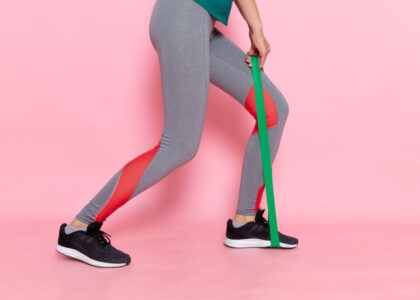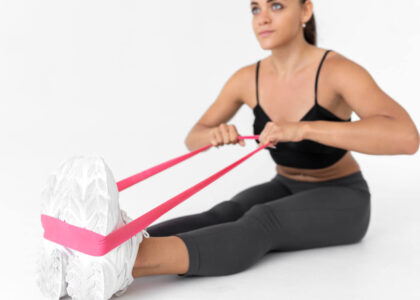Sit-Ups | Weight-Loss | Deadlift | Cardio | Hamstrings | Chest
Exercises such as Dumbbell Iron Cross target the shoulders, chest, and core of the body. With the addition of dumbbells, it increases the difficulty level of the traditional iron cross exercise. Strong upper body and core strength are required to complete this exercise, which demands exceptional strength, stability, and control.
Here is how to perform the exercise :
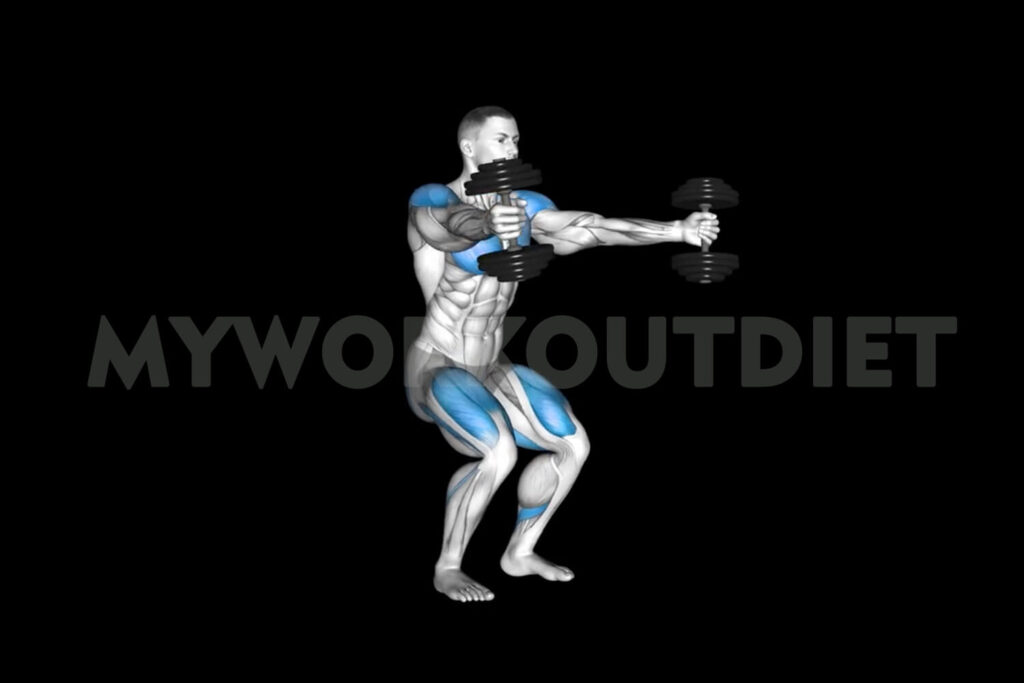
- You should stand shoulder-width apart, holding dumbbells at shoulder level with your palms facing forward.
- When you engage your core, your body should be in a straight line from heels to head.
- Extend your arms out to the sides simultaneously, making a “T” shape with your body.
- Keeping your core tight and your body straight, raise the dumbbells overhead, forming a cross.
- When you reach the starting position, hold the dumbbells for a few seconds before slowly lowering them back down.
- Continually repeat until desired number of repetitions is reached.
Here are some tips :
- Consider starting with lighter weights and focusing on proper form before increasing your load.
- Make sure your core is engaged throughout the movement so that you remain stable.
- You should breathe consistently to maintain control and avoid holding your breath.
- As with any advanced exercise, proceed with caution and seek advice if needed.
Dumbbell iron cross muscles worked
It is a compound exercise that works multiple muscle groups simultaneously. A list of the primary muscles that are worked during this exercise can be found below:
- Specifically, shoulders:
- Deltoids (anterior, medial, and posterior heads)
- Muscles of the rotator cuff (suprasepsipnatus, infrasepsipnatus, teres minor, and subscapularis)
- Chest:
- Pectoralis major
- Pectoralis minor
- Back:
- Trapezius (upper and middle fibers)
- Rhomboids
- Arms:
- Triceps brachii
- Biceps brachii (isometric contraction)
- Core:
- Rectus abdominis
- Obliques
- Erector spinae
- Transverse abdominis
It is a great exercise for strengthening muscles, improving stability, and increasing muscular endurance in the upper body. It is an effective functional movement for athletes and individuals seeking a well-rounded physique, as it challenges the muscles to work together in a coordinated way.
